Search Images
Browse Content (p. 257)
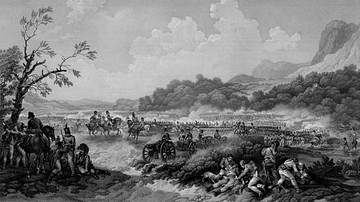
Image
Battle of Maida, 1806
Battle of Maida (4 July 1806), fought between British and French forces during the Neapolitan campaign of the War of the Third Coalition. Painting by Philip James de Loutherbourg, early 19th century.
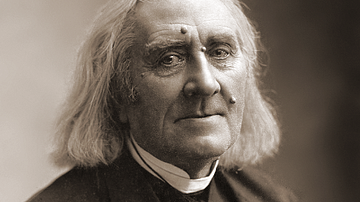
Image
Franz Liszt in 1886
An 1886 photograph of the Hungarian composer and pianist Franz Liszt (1811-1886). Taken by Nadar (Gaspard-Félix Tournachon).
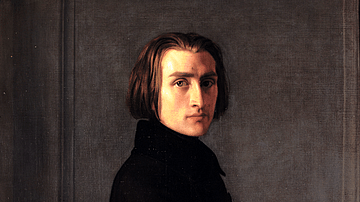
Image
Franz Liszt in 1839
An 1839 oil-on-canvas portrait by Henri Lehmann of the Hungarian composer and pianist Franz Liszt (1811-1886). The dashing Liszt caused a sensation in the salons of Paris with his virtuoso piano playing and unique style of presentation which...
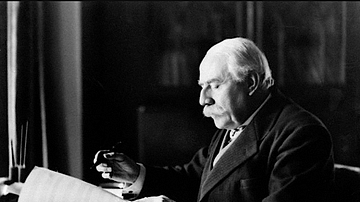
Image
Edward Elgar in 1931
A photograph of Edward Elgar (1857-1934) at his desk in 1931. Taken by Herbert Lambert. (National Portrait Gallery)
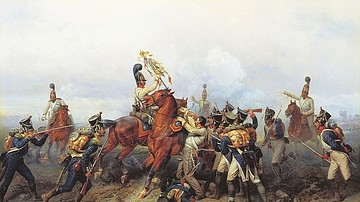
Image
Russian Imperial Guard Captures a French Eagle
During the latter stages of the Battle of Austerlitz (2 December 1805), the cavalry of the Russian Imperial Guard launch a desperate charge on the Pratzen Heights, seizing an Eagle standard from the French 4th Line Regiment. Shortly after...
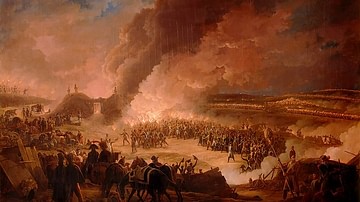
Image
French Camp on the Eve of the Battle of Austerlitz, 1805
The French camp on the eve of the Battle of Austerlitz, 1 December 1805. Oil on canvas painting by Louis Albert Guislain Bacler d'Albe, 1808.
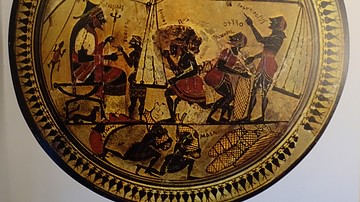
Image
Weighing and Loading of Silphium at Cyrene
Workman weighing and loading silphium at Cyrene, Laconian cup, c. 565 BCE.
An illustration from Food, The History of Taste, Paul Freedman (ed), California Studies in Food and Culture, 2007. Photographed by Daderot.
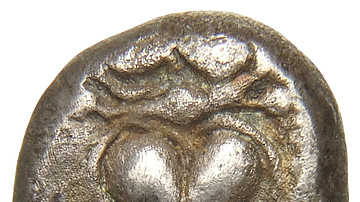
Image
Silphium Seed on Silver Drachma
A silver drachma, bearing the image of the silphium seed, from Cyrene, Libya, dated 500-480 BCE.
Münzkabinett der Staatlichen Museen, Berlin.
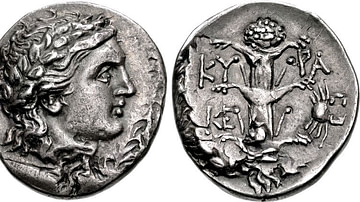
Image
A Coin of Magas of Cyrene with Silphium Plant
A coin minted during the reign of Magas of Cyrene, showing the silphium plant, c. 300-282 or 275 BCE.
Classical Numismatic Group, Inc. http://www.cngcoins.com
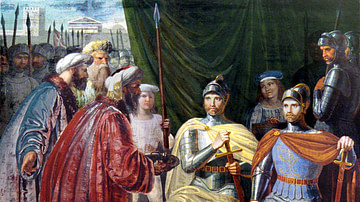
Image
Roger I & Robert Guiscard Receive the Keys to Palermo
Painting of Robert Guiscard and Roger Bosso receiving the keys to the city of Palermo. The city fell to Norman armies in January 1072, after nearly six months of siege.
Fresco by Guiseppe Patania, Palazzo dei Normanni, Palermo, 1830.